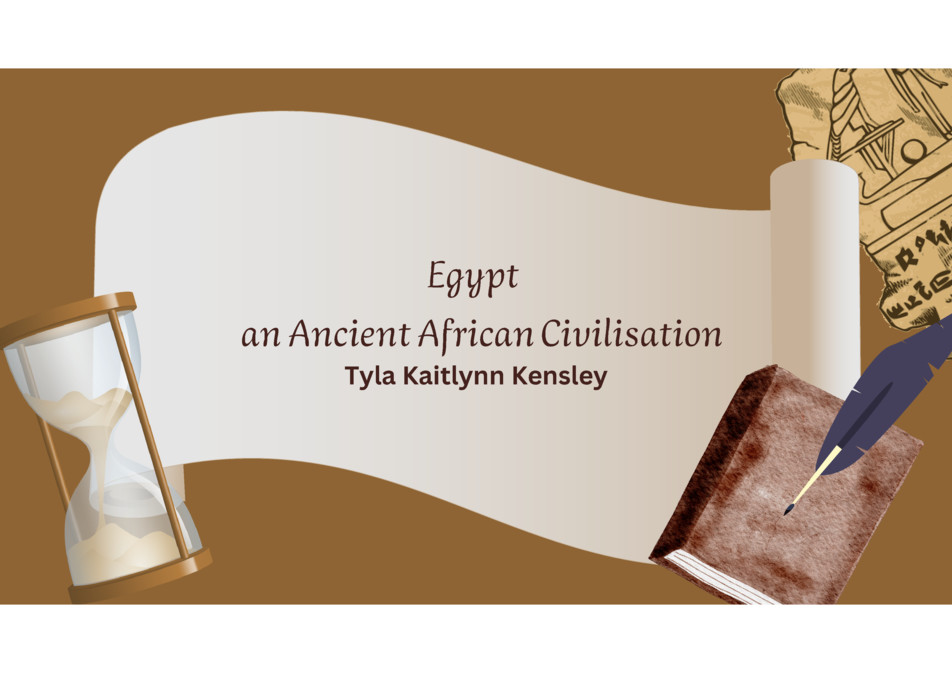TISS
TISS
TISS Egypt: Ancient African Civilisation
The Nile River
One of the most significant rivers in the world, the Nile River has played a crucial role in shaping Egypt's history, culture, and agriculture for millennia. Originating from the White Nile and the Blue Nile, this 6800 km long river has been a lifeline for the ancient Egyptians, providing essential water and nutrient-rich silt for their crops. The annual flooding of the Nile, known as the "Inundation" or "Akhet," was eagerly awaited by the Egyptians as it brought life-giving water and fertile soil to their fields. The agricultural practices, diet, and economy of ancient Egypt revolved around the diverse crops grown along the Nile, such as wheat, barley, flax, onions, and fruits. The river also served as a vital trade route, facilitating the exchange of goods and the prosperity of urban areas. The Nile's reliability and abundance of resources allowed for the development of specialist labor, social institutions, and impressive architectural feats like the pyramids and temples. Without the Nile, sustaining the vast population and supporting the construction of these monumental structures would have been nearly impossible.
Tutankhamun
Tutankhamun, one of Egypt's most famous pharaohs, is known for his opulent tomb that was discovered nearly intact in the Valley of the Kings by archaeologist Howard Carter in 1922. The treasures found within the tomb, including intricate artifacts, jewelry, and gold funerary masks, provided valuable insights into ancient Egyptian burial practices and beliefs. Tutankhamun ascended to the throne at a young age and is believed to have ruled during a period of political and religious transition in Egypt. Despite his relatively short reign, Tutankhamun's legacy endures through the discovery of his tomb and the preservation of his treasures, which continue to fascinate and captivate people around the world.
The Valley of Kings
The Valley of the Kings, located on the west bank of the Nile near the ancient city of Thebes, served as a burial ground for numerous pharaohs and nobles of the New Kingdom period. The valley is renowned for its intricate tombs, including the famous tomb of Tutankhamun, which was discovered nearly untouched in the 20th century. The elaborate decorations, hieroglyphs, and burial chambers within these tombs offer valuable insights into ancient Egyptian beliefs about the afterlife and the importance of preserving the body for eternity. The Valley of the Kings stands as a testament to the wealth, power, and religious traditions of the pharaohs of ancient Egypt, attracting visitors and archaeologists from around the world to explore its mysterious depths.

